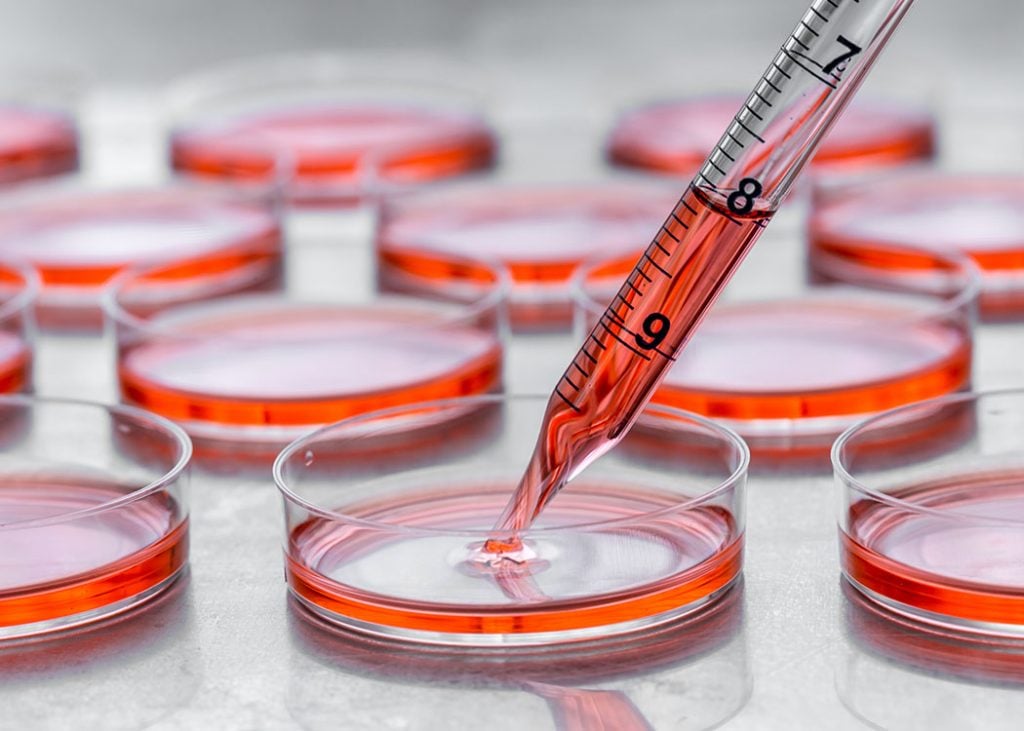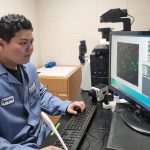National Nanotechnology Day 2021

Every year October 9 is a day to celebrate and raise awareness on how nanotechnology has enriched lives. No matter how the prefix nano is mathematically expressed— 10-9, 0.000000001, or 1/1,000,000,000—it indicates time and length units that are difficult to imagine. For example, a sheet of paper is about 100,000 nanometers thick, a strand of human DNA is 2.5 nanometers in diameter, and your fingernail grows one nanometer per second!
So why do INBT researchers work at the nanoscale? To improve and find solutions to health care needs, researchers must enter the environment of the cellular world where many biological functions take place, and that happens at minuscule scales.
To work in these tiny environments researchers need tools adapted to its scale. The materials they use to create these tools, when built on the nanoscale, behave differently. Properties such as their chemical reactivity, melting point, and permeability, change relative to size. This means researchers are better able to tailor materials for specific needs. Because of this, INBT is creating a wide range of medical tools, tests, and therapies to better assist clinicians and patients.
Check out some of INBT’s small-scale research in honor of National Nanotechnology Day 2021.
Johns Hopkins Develops Portable Device for Rapidly Diagnosing STIs
A Johns Hopkins University-led team has created an inexpensive portable device and cellphone app to diagnose gonorrhea in less than 15 minutes and determine if a particular strain will respond to frontline antibiotics.
Magnetic Particle Imager Offers Opportunities in Molecular and Cellular Imaging Research
A magnetic particle imaging (MPI) scanner is ultrasensitive and can detect just a few nanograms of magnetic material. It is the only technology that enables direct visualization and quantitation of magnetic nanoparticles because the technique directly measures the magnetic signature of the nanoparticles.
New Study Examines Locomotion of Aging Cells
Most people are familiar with the aging process in how it effects our outward appearance; graying hair, crow’s feet and wrinkles, limited mobility, and more. Jude Phillip and his research team are taking a closer look at how age can impact the behavior of cells, specifically, the way in which they move around the body.
Creating Better Gene Therapy Tools
Viruses are experts at infiltrating the body and their efficiency in targeting specific and isolated cells also make them useful drug delivery vehicles, known as viral vectors. Though viral vector-based gene therapies are among the most advanced treatments for many congenital and acquired diseases, producing them is complex and costly.





